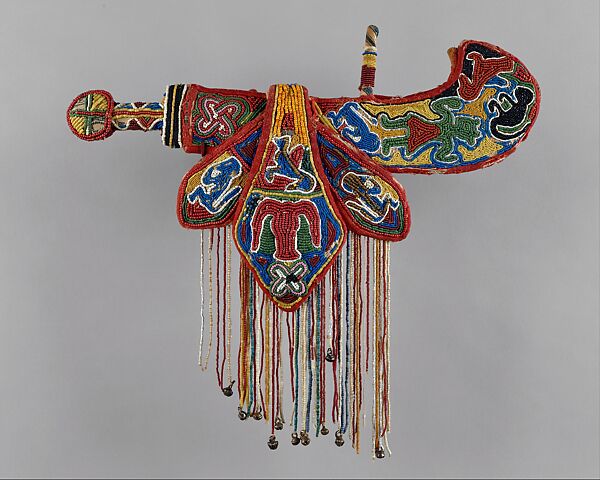December 07, 2024
By Ayinde Adeleke
Despite the Lagos State government’s efforts to evict them, many illegal occupants under the Eko Bridge in the Ebute-Ero area of Lagos Island remain, refusing to relocate.
Latest investigation by Saturday Tribune has revealed that some of the people living illegally under the Eko Bridge in are yet to vacate the place
This defiance comes weeks after operatives of the Lagos Environmental Sanitation Corps (LAGESC) dismantled 54 illegal shanties and evicted 84 occupants from under the bridge.
“It’s surprising that some people are calling themselves Iyaloja and Babaloja under the Eko Bridge,” said Lukman Ajayi, LAGESC spokesman.
“Their stay under the bridge constitutes danger and security risk to the environment.”
Ajayi emphasized that the agency is committed to sustaining the cleansing exercise, ensuring that Lagos State is rid of shanties. “This exercise is continuous. It’s not business as usual. We are ready to sustain the exercise until Lagos is rid of shanties,” he said.
The illegal occupants have become brazen, appointing market leaders known as the Iyaloja and the Babaloja.
They have also converted some sections of the area into motor parks, workshops, and hangouts for miscreants.
Eyewitnesses report that the illegal dwellers bathe, cook, and engage in open defecation in the vicinity. Engineers warn that extreme heat and flooding accelerate the deterioration of bridges, regardless of how well they were built.
The Lagos State government has stepped up efforts to remove illegal shanties and dislodge occupants of makeshift structures. Similar actions have been carried out in other locations, including the Ijora Causeway Bridge, Blue Line Overhead Bridge, National Stadium Bridge, and Osborne Bridge.
Minister of Works, David Umahi, has raised concerns about the state of Carter Bridge, Third Mainland Bridge, and Eko Bridge, citing poor maintenance culture. Umahi directed the Federal Ministry of Works’ Design Department to assess the structural integrity of all bridges in Lagos and across Nigeria.
As the Government continues to grapple with the issue, the illegal occupants remain, posing a threat to the environment and the structural integrity of the bridges.






